15 Strange and Surprising Roles Animals Have Played in History
History holds countless moments where animals unexpectedly changed everything, often in ways that still surprise us today. Some of these moments involved unlikely participants whose contributions shaped events, influenced cultures, and even altered the course of human progress. Their roles were anything but ordinary, and they left behind fascinating stories.
Military Animals
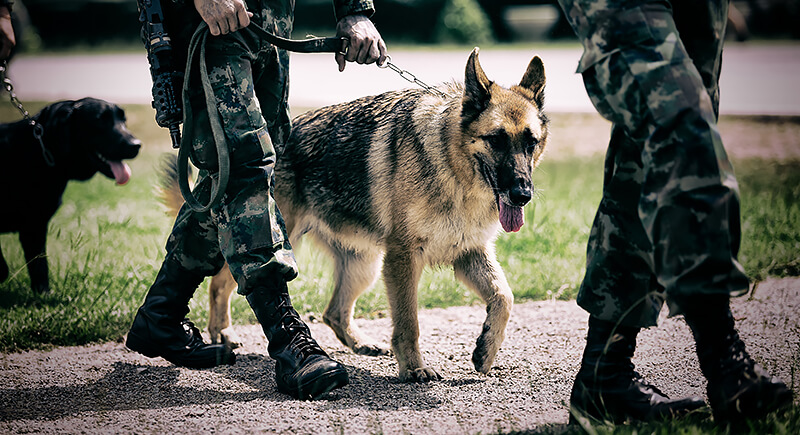
Credit: iStockphoto
For centuries, warfare relied on animals for transportation, combat, and communication. Horses carried troops and supplies in World War I, elephants broke enemy lines for Carthage and Rome, and dogs served as messengers and explosive detectors in both World Wars.
Mascots

Credit: Wikimedia Commons
Animals have long boosted morale as mascots for military units and sports teams. Live ones like the Texas longhorn Bevo and Yale’s bulldog Handsome Dan inspired pride and identity. Over time, mascots evolved into fictional characters and costumed figures, preserving the tradition while replacing unpredictable animals with more manageable representations of team spirit.
Cultural Icons
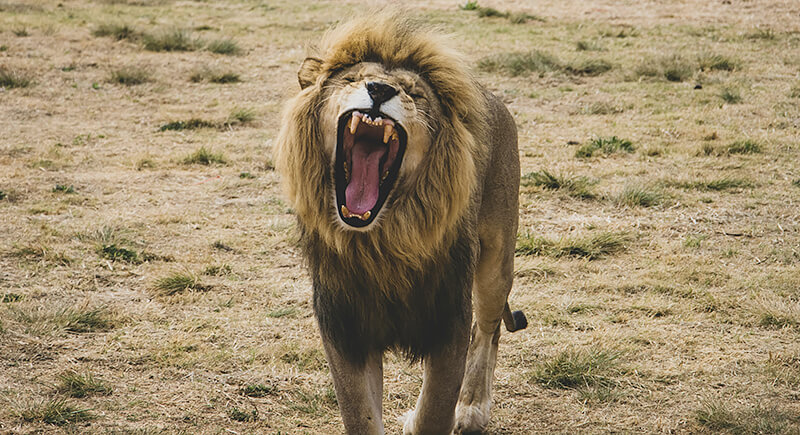
Credit: pexels
Across civilizations, animals have symbolized traits like strength, wisdom, and peace. Lions represent courage, doves signify peace, and in Ancient Egypt, cats were linked to Bastet, while jackals were tied to Anubis. These symbols appear in myths, art, and folklore.
Companions in War
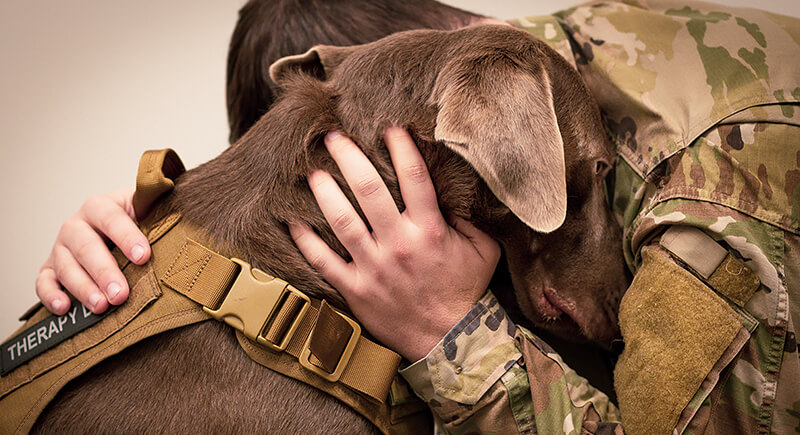
Credit: iStockphoto
During wartime, animals gave soldiers comfort in harsh conditions. In trenches, their presence eased stress and maintained morale. Dogs today continue this role by providing therapy for veterans with post-traumatic stress disorder, which shows that emotional support from animals remains an important part of military recovery efforts.
Animals in Scientific Research

Credit: pixabay
Animal research dates back to ancient Greece, where Aristotle and Galen studied anatomy through dissections. The 17th century brought discoveries like William Harvey’s work on the circulatory system. Modern studies using animals have produced antibiotics, anesthetics, and vaccines. Ethical debates continue, yet animal models remain vital when alternatives cannot fully replicate complex biological systems.
Animals in Art and Literature

Credit: Wikimedia Commons
Several animals have appeared in art since prehistoric cave paintings, and they reflect survival needs and symbolic beliefs. In paintings, they convey meanings like loyalty for dogs or immortality for peacocks. Literature uses them in fables, allegories, and satire, from moral lessons to critiques of society.
Animals in Religious Symbolism

Credit: Wikimedia Commons
Religions worldwide connect animals with spiritual meanings. Christianity uses the dove for peace, the lamb for sacrifice, and the lion for strength. In Hinduism, cows represent fertility, and elephants symbolize wisdom. Islamic tradition praises the ant’s cooperation and the horse’s strength, while Judaism associates the ram with sacrifice and the eagle with God’s protection.
Animals as Messengers
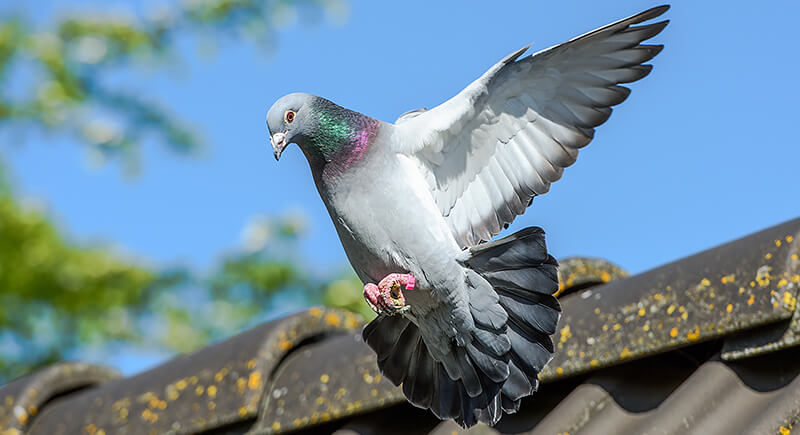
Credit: iStockphoto
Long before telegraphs or radios, pigeons carried messages across great distances with remarkable accuracy. In World War I and the Franco-Prussian War, their ability to find their way home made them valuable for moving information quickly and securely. Outside the battlefield, towns and businesses also relied on pigeon post as a steady means of communication when other options were too slow or unreliable.
Animals as Food Sources
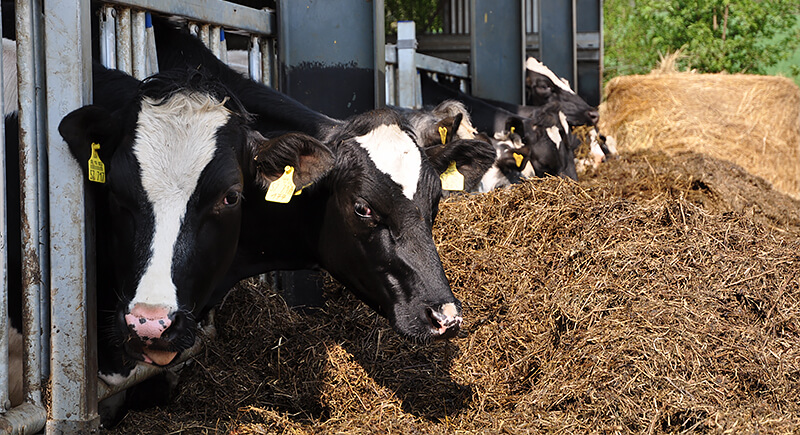
Credit: Wikimedia Commons
Since early human history, animals have supplied meat, milk, eggs, and other nutrients. Hunting provided vital protein for survival, while domestication ensured a steady food supply. Even with modern agriculture, global diets still rely heavily on livestock products.
Animals in Transportation
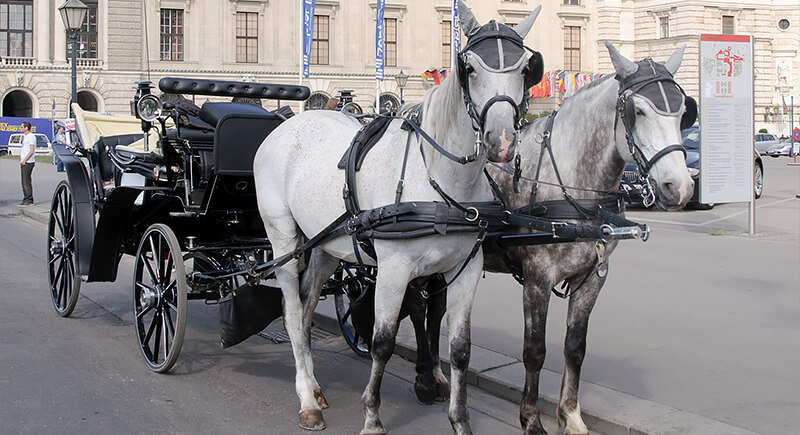
Credit: Wikimedia Commons
Before engines, animals powered travel and trade. Horses pulled carriages, camels crossed deserts, oxen plowed fields, and donkeys carried loads. Elephants moved heavy materials and aided ancient armies. These animals allowed goods and people to move across terrain that would otherwise be impassable.
Bees as Pollinators
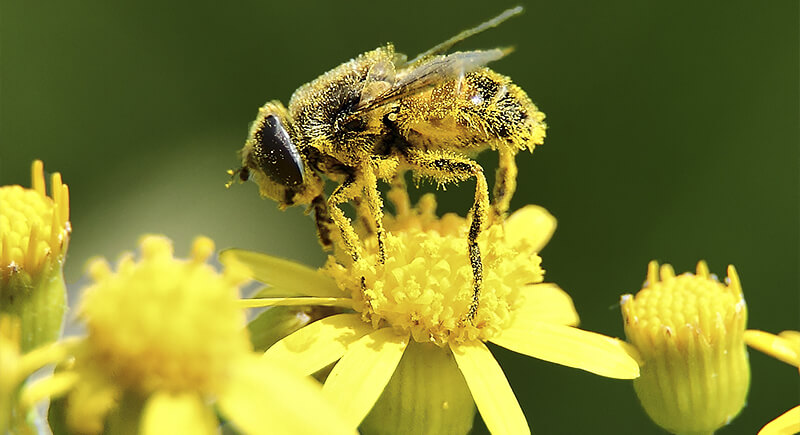
Credit: Wikimedia Commons
Bees have sustained agriculture for millennia by transferring pollen between flowers, enabling plant reproduction. Their work supports the growth of many crops essential to human diets and biodiversity. Specialized features like pollen baskets and a static charge make them highly effective, and make their role critical for food security and healthy ecosystems worldwide.
Guide Dogs

Credit: Wikimedia Commons
Guide dogs are trained to help people with vision loss navigate streets, avoid hazards, and find specific locations. The first in the United States was Buddy, who worked with a blind veteran in 1928 and showed how a well-trained dog could transform daily life. Today, they remain an essential partner for thousands of people.
Cats as Mousers
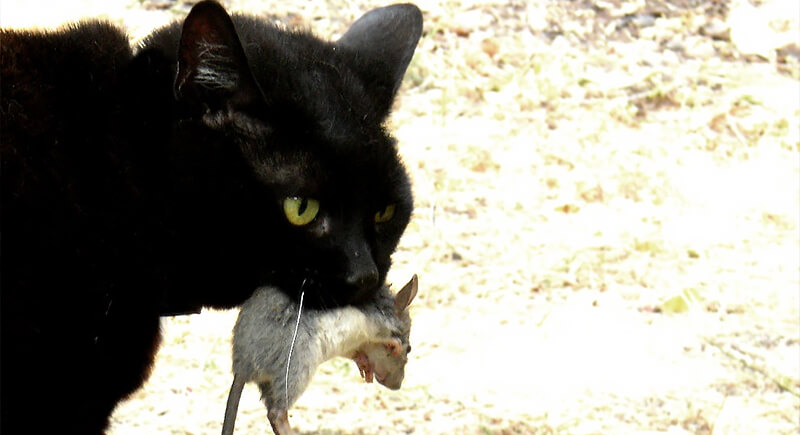
Credit: Wikimedia Commons
For centuries, cats have controlled rodent populations in homes, ships, and grain stores. Their hunting skills protected food supplies and reduced disease risks. This practical role often earned them reverence, though some cultures viewed them with suspicion. Over time, they shifted from purely functional hunters to both symbols and companions in human society.
Dogs as Sentinels
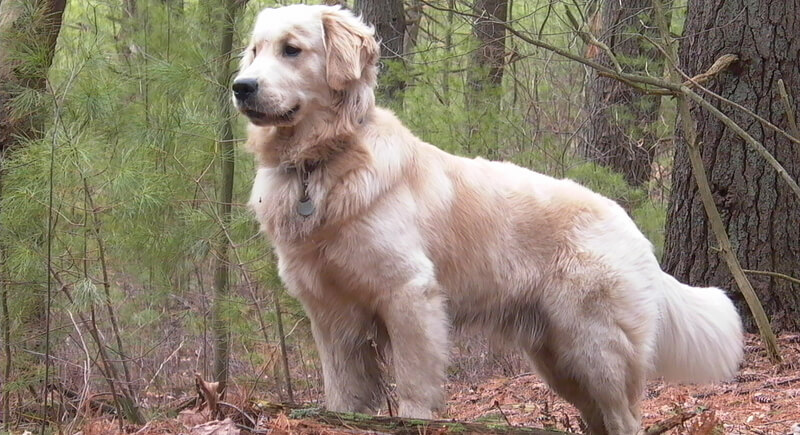
Credit: Wikimedia Commons
Dogs have been used as guards since ancient Greece and Rome, protecting homes, camps, and herds. Their sharp senses allowed them to detect intruders or predators before people could. Today, they also work in specialized roles, alerting to environmental dangers and detecting certain illnesses.
Birds of Prey
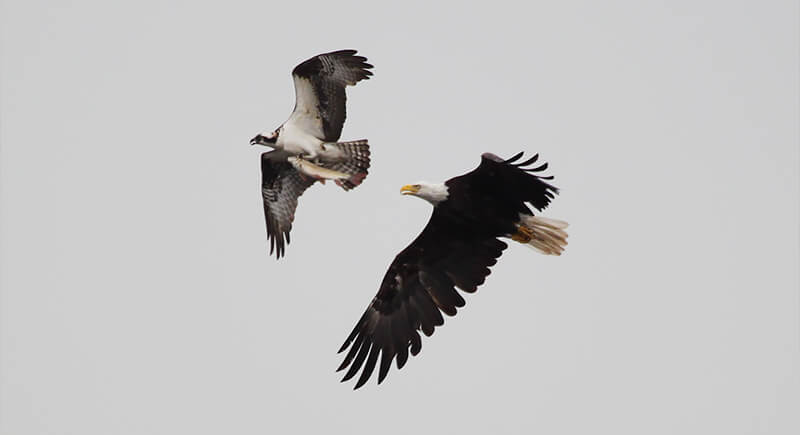
Credit: Wikimedia Commons
Falconry began thousands of years ago in Asia, where trained birds of prey hunted game for people. It later became a favored pursuit of European nobility. Modern falconry uses tools like radio trackers and breeding programs, blending tradition with conservation and sustainable hunting.